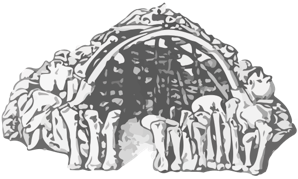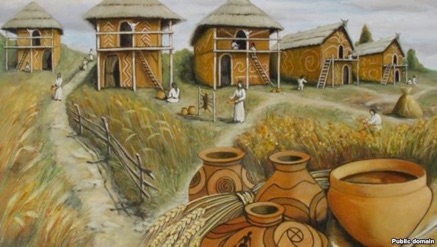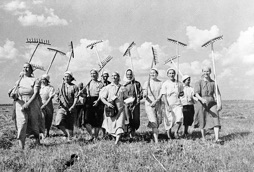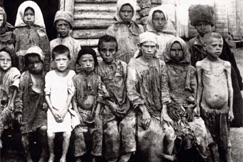Cherkashchyna
Черкащина
Cherkashchyna
Черкащина

....and pretty blue churches. Taras Shevchenko, Ukraine’s poet and national hero, was born and grew up in Cherkashchyna.

Some six thousand years ago Trypillian settlements were numerous in this area. Many were quite big, with populations of 15-20,000, making them some of the largest settlements in the world at that time. Trypillian people practiced plowing and cattle-breeding, produced highly-developed ceramics (they are known for their elaborately-decorated pottery), textile weaving, and other crafts.

The Cherkasy region was the southern borderland of Kyivan Rus, and there were many fortresses built here. In later years, there were many Kozak fortresses and towns built here, to protect the people from Tatar invaders, to escape from serfdom and to fight Polish and Russian hegemony.


Soviet rule also destroyed much of the folk culture of the Cherkasy region (and of eastern and central Ukraine). Forced Russification tried to extirpate the language of Shevchenko, and anti-religious policies disallowed folk celebrations and folk practices even remotely tied to christianity--like the writing of pysanky. Mytsyk and Fusyn were able to find some pysankarky in central Cherkasy oblast who were still writing traditional designs and to preserve them. But so very, very much has been lost.
Land of Shevchenko
Back to Cherkasy Home
Back to Podniprovia Home
Back to Greater Ukraine Home
Back to Regional Pysanky Home
Back to Traditional Pysanky HOME
Search my site with Google